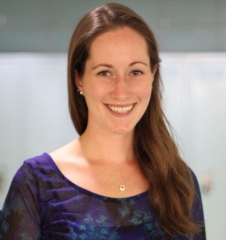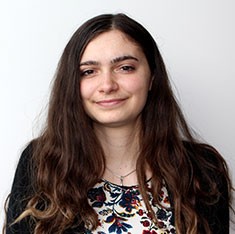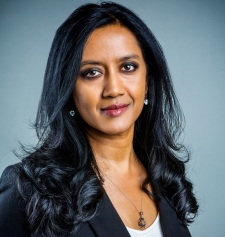Deterring factors
Young women preparing to choose their career path are often unaware of the many different options the aviation industry has to offer. Andrea Cartile, a PhD candidate in Aerospace Engineering at Concordia University says she fell somewhere among this group. “I never considered engineering as a career option because I assumed the field was only accessible to people highly gifted in math, physics, and tech. I never thought that these subjects could be learned through practice and experience.” Ultimately, she chose to study engineering specifically because it would pose a challenge. As the point of education is to learn, it needs to be made clear that there is no expectation to be a technical genius prior to studying in fields like aviation. “An interest in learning about how things work and some perseverance can lead to many types of engineering careers”, Cartile says. This is particularly important for women, who are less likely to receive specific exposure and encouragement to enter such industries than their male counterparts.

 Andrea Cartile;
Photo Credit: Emily Fjeldsted
Andrea Cartile;
Photo Credit: Emily Fjeldsted
 Stephanie Fiore
Stephanie Fiore
 Nadia Bhuiyan
Nadia Bhuiyan


